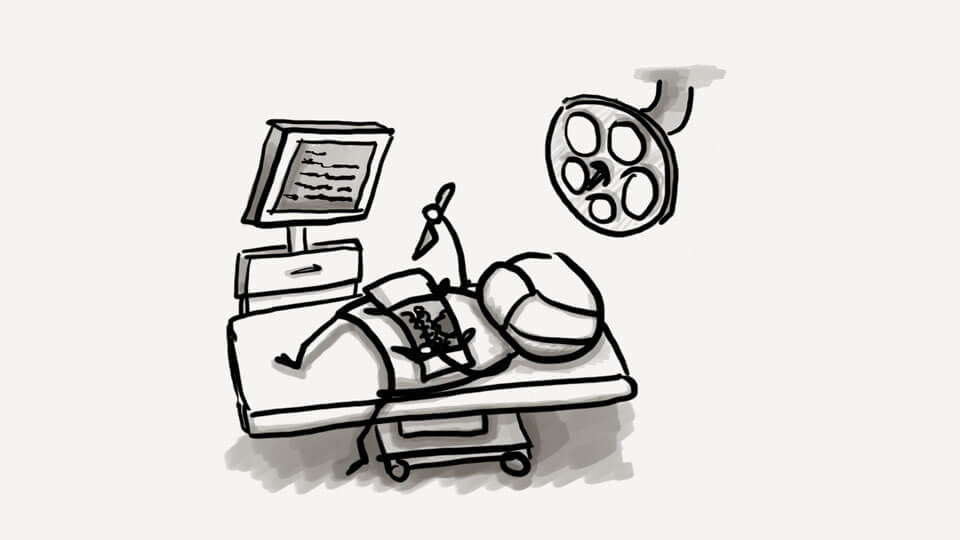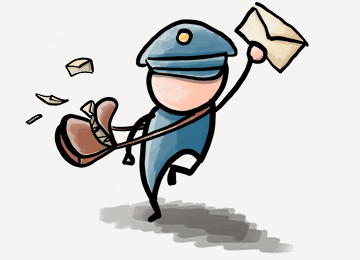Listen to this post
The way to think about self editing:
Whether you’re in self- or traditional publishing, making several passes over your story doesn’t cost you a thing, and will result in a much more polished piece of writing. Trust me, your readers, magazine editors, or literary agents can tell the difference.
I’ve broken down self-editing into a couple of stages for you.
Story level editing
1. Re-read your entire story. Mark, and then fix all inconsistencies. We always come up with better ideas when writing, use them, but make sure you align the rest of the narrative.
2. Add foreshadowing. The reader doesn’t know just you made up that whole story about how the butler murdered his previous employer but you can make him believe it as if it were true and intended from the very beginning. Leave a trail of breadcrumbs throughout your story. Drop subtle hints here and there, and your latest plot twist will feel more natural than your well-worn pair of shoes.
3. Remove all backstory longer than a sentence. Readers enjoy info-sprinkles, but an info-dump makes them disengage from the story. Always try to convey backstory through how characters interact with the world around them. A character whose eye twitches each time he sees a mirror creates in the reader a desire to know more. So whenever you can, make it implied rather than explicit.
4. Locate the passages that talk about your character goals, motivations, and desires. Move them as close to the opening of the story as you can — first two or three paragraphs for short stories, first five pages for novels.
Paragraph level editing
1. Break down long paragraphs. If it takes more than half a page of the Standard Manuscript Format, you should break it down. Or better – cut some of it out. I call it shaving the kebab.
2. Check your pacing. Neighboring paragraphs of similar length indicate problems with pacing. Vary your paragraph length.
3. Does your story have a healthy mix of dialogue and description? You can see it just by glancing over your manuscript. No matter how great your prose, dialogue tends to excite readers more. It keeps them riveted to the page.
4. Don’t be afraid of changing sentence order. Many writers leave the best and the strongest sentence at the end of their paragraphs, instead of opening with it.
Sentence level editing
1. Make sure you vary sentence length to avoid monotony.
2. Scour your manuscript in search of all passive voice indicators like ‘was’ or ‘were.’ Remove as many as you can.
3. Review your dialogue tags. Use only ‘said’ and ‘asked.’ Get rid of anything else. Alright, you may keep the occasional ‘whispered,’ or ‘yelled.’ Well-written dialogue doesn’t need any additional explaining.
4. Never use adverbs in dialogue. Why would anyone write ‘”I love you,” he said softly.’ Instead of a simple ‘”I love you,” he said.’ is beyond me. Let your dialogue speak for itself. More often than not, less is more.
5. Make sure you show rather than tell. A wonderful place to begin is to search for words like “heard, saw, smelled, felt, knew, or tasted,” then find creative ways of getting rid of them. ‘Jack smelled flowers blooming in the garden outside.’ can become a more evocative ‘A stifling scent of flowers in bloom filled the kitchen.’ Our Jack isn’t a spy drone and doesn’t need to serve as a sensor for everything we want our readers to experience.
Finishing touches
1. Read your work out loud. It’s the simplest technique in any writer’s arsenal. Your work has to read well. By hearing your prose, you get a valuable glimpse of how your readers will experience it. Pay attention when you trip up. Your readers would’ve tripped as well. See if your dialogue conveys the emotions you’re hoping for.
2. Use a spellchecker. Microsoft Word or a free alternative at the very least. If you’d like to get fancy try some advanced editing software, I use Grammarly and AutoCrit, and I can vouch for both.
Know when to stop
Finally, you need to know when to stop. Editing, unlike sex, can go on for as long as you like. You can find yourself making changes with each new pass, new day, or thought, or an idea. You’ll always spot more things to improve because the tastes of the person looking at the manuscript evolve all the time. Quit editing, when you notice yourself obsessing over a choice of word in a sentence in the middle of the story. It won’t matter. By this point, you can trust your prose to its job.
Which editing techniques are you using when you’re done writing?

